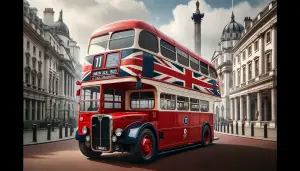
Before the Routemaster: The legendary AEC Regent III RT and RF buses
Incredible history records of the RT fleet i.e. snapshot of RT3251 LLU 610 This bus started life in July 1950 making its final service run
LONDON
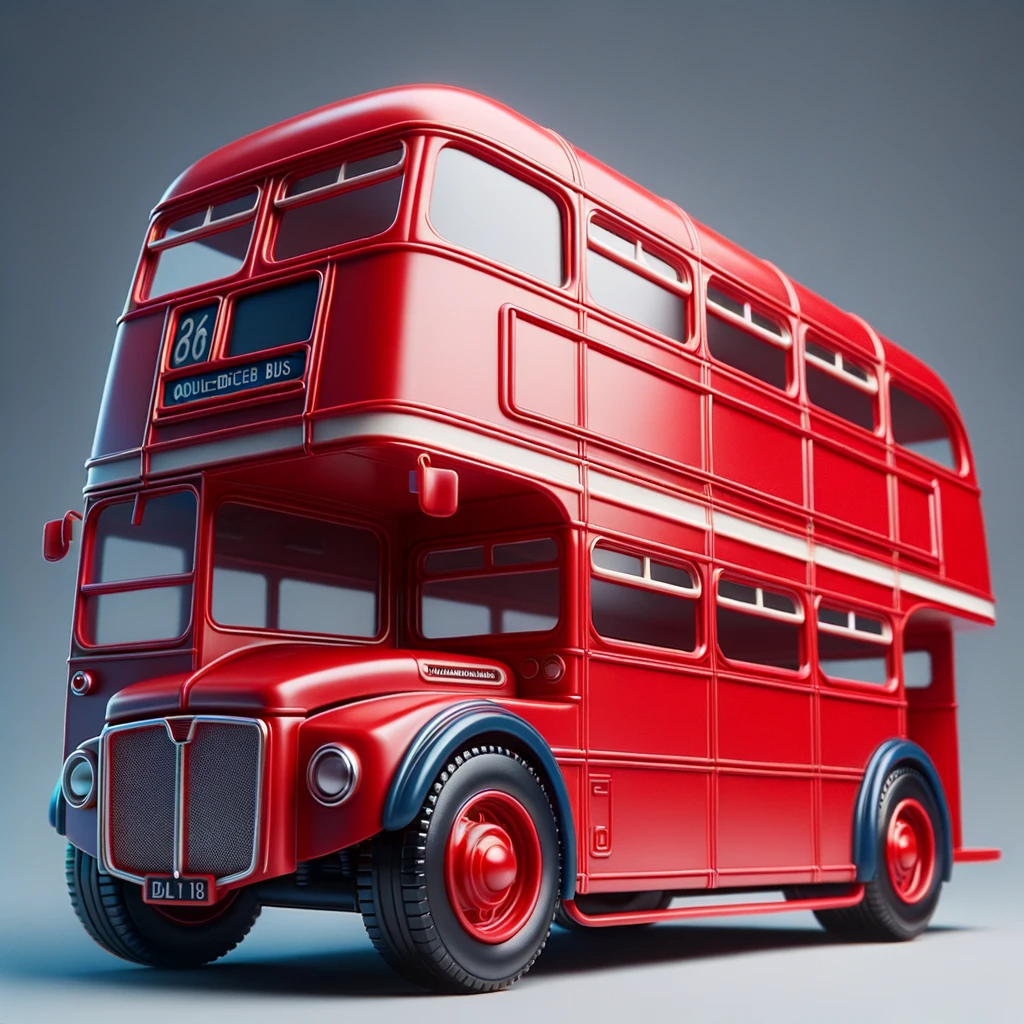

Incredible history records of the RT fleet i.e. snapshot of RT3251 LLU 610 This bus started life in July 1950 making its final service run
The RT bus was a popular model of red double-decker bus that was introduced in London in 1939. It was designed by the London Passenger Transport Board and produced by AEC and Leyland Motors. The RT was known for its durability, reliability, and versatility, and it quickly became a staple of London’s transportation system. The RT was used for both local and long-distance routes, and it remained in service for several decades until it was gradually phased out in the 1970s. The RT was succeeded by newer models of buses, but its legacy lives on, and it is still remembered as a classic and beloved symbol of London’s public transportation system.
The AEC Routemaster is an iconic red double-decker bus that was introduced in 1956 and served as a symbol of London for many years. It was renowned for its durability, maneuverability, and distinctive design, which included an open platform at the rear that allowed passengers to hop on and off while the bus was still moving. The Routemaster was gradually phased out in the 2000s, but its popularity and cultural significance led to a revival of the model, and several companies now operate vintage Routemasters on sightseeing tours and private hire. Today, the AEC Routemaster remains a beloved and nostalgic symbol of London and its transportation history.
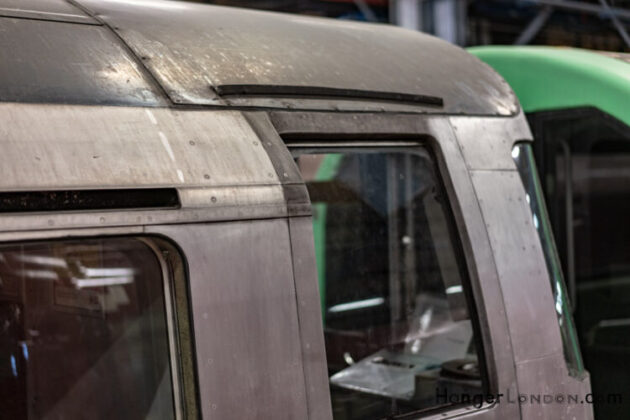
London’s iconic tube trains are known worldwide for their efficient and reliable transportation system. The silver tube trains on the London Underground from the 1970s were known as the 1973 stock. These trains were introduced to replace older, less reliable models and were designed to be more energy-efficient and comfortable for passengers.
Despite their distinctive appearance, the 1973 stock trains had some technical issues, which caused reliability problems and required frequent maintenance. They were eventually replaced by newer models in the 1990s and 2000s. Nevertheless, the 1973 stock remains an important part of London’s transportation history and cultural identity. Many Londoners still hold fond memories of riding these distinctive silver tube trains and appreciate their unique place in the city’s heritage.
In the landscape of London’s sprawling metropolis, one feature stands tall as an epitome of the city’s growth, history, and the daily life of its residents: the London Underground. Stepping back to the vibrant and eclectic era of the 1970s, one could witness a transformative phase in the tube’s history with the introduction of the 1973 stock tube trains. These silver bullets of the underground carried Londoners across the city’s veins, becoming a cultural phenomenon in the process. Let’s delve deeper into the era of the 1973 stock tube trains, the era of the “silver ghosts” that whisked Londoners to their destinations with an emblematic sheen of sleek silver and the promise of a bright modern future.
As London in the 1970s embarked on a journey of modernization and expansion, the necessity for a more reliable, comfortable, and energy-efficient underground transportation system became clear. Thus, emerged the 1973 stock trains, replacing older models that had served well but were reaching the end of their journey.
Brought in with much fanfare, these trains were heralded as the epitome of modern transportation. Their interiors were designed with a futuristic approach, promoting comfort and efficiency. A young child during this era, I vividly remember the exhilaration of stepping onto the silvery, gleaming train, the coolness of the metallic seats, and the wide-eyed wonder as we whisked through tunnels that echoed with history and potential.
Despite the high hopes and the fresh breath of modernity they brought into the tube system, the 1973 stock trains were not devoid of issues. Technical glitches and reliability problems crept in as years went by, necessitating frequent maintenance stops that often tested the patience of daily commuters. I recall the mixed emotions of affection and frustration as delays became a common feature, weaving themselves into the fabric of the daily London life.
However, amidst the daily grumbles, a deep-seated affection for these silver carriages blossomed, nurtured by countless journeys of laughter, contemplative solitude, and the shared camaraderie of being a Londoner. The trains carried not just people, but stories, dreams, and the pulsating heart of a city on the move.
As the decade drew to a close, so did the journey of the 1973 stock trains. In the subsequent decades, newer models took over, promising and delivering more reliability and modern comforts. Yet, the silver trains of the 70s refused to fade into oblivion, holding a special place in the heart of the city and its people.
Fast forward to today, these iconic trains have found a home at the Tube Train Museum, immortalized as a slice of London’s rich transportation history. It stands as a testament to a bygone era, a mechanical beast that once galloped through the underbelly of the city, encapsulating the spirit and dreams of a generation.
Visiting the museum as an adult, a rush of nostalgia envelopes one as you step into the recreated carriages, bringing forth a flood of memories — the gentle rocking as the train maneuvered curves, the community forged in those silver chambers, and the childlike joy that erupted as we raced to secure the best seats.
As I recount the days of the 1973 stock trains, a surge of pride and nostalgia warms my Londoner heart. The silver trains were not just a means of transportation; they were a witness to a vibrant and evolving era, a silent companion in the daily life of countless individuals, carrying within them a spirit of resilience, dreams, and the authentic pulse of London life in the 70s.
As we reminisce about the legendary 1973 stock tube trains, we do not just remember a train; we recollect an era, a phenomenon, and a symbol of London’s spirit of relentless progress and deeply rooted community bonds.
In the heart of every Londoner who had the joy of experiencing the silver era, the 1973 stock trains will forever remain more than a train — a slice of home, a badge of resilience, and a silver beacon of cherished memories and timeless journeys.

Over 120 years after it was built, the Blackwall Tunnel remains the main river crossing East of Tower Bridge, connecting the East End to South

1878 Frank Pick Influenced London Transport, in particular, London Underground corporate Identity Frank Pick 1878-1941 left a legacy for London that has far outlived
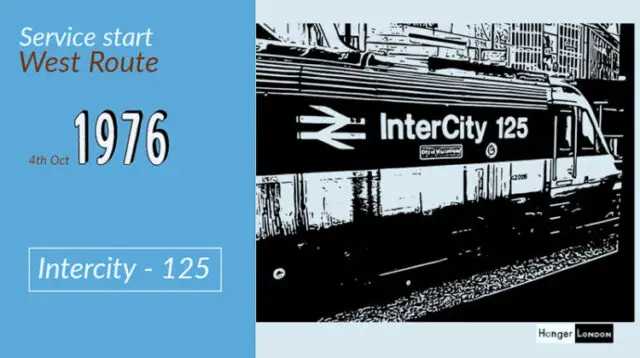
1976 New Intercity Train was Ran the West Route Service at speeds up to 125mph. Britains Intercity high-speed train (HST) service launched. London to Bristol
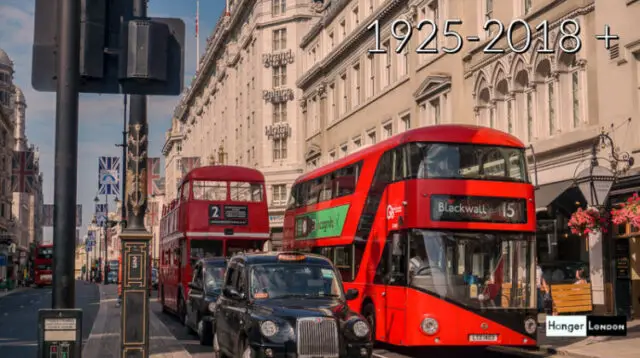
On this day in 1925, the first Red Buses with the enclosed roof’s appeared for the first time in London Please note: it is not
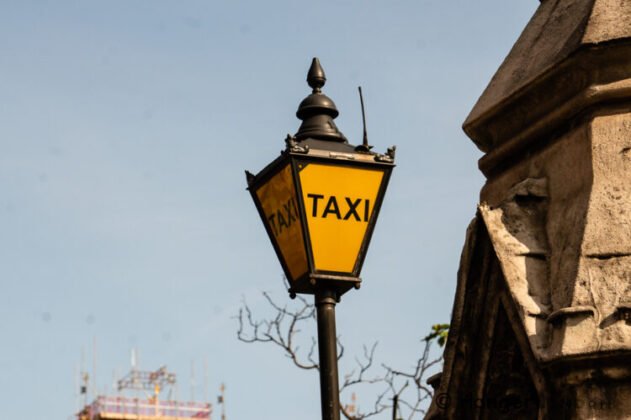
1919 Afghanistan was given its independence
1897 London Electric Cab Company
1899 electric taxis started to go into decline

1961 Ministry of Transport announced it was to introduce push-button crossings called Panda Crossings If you’ve ever walked on a busy street, you know how

Londons classic car show has been running since 1977. Amazing treasure trove of heritage motor vehicals from around the world
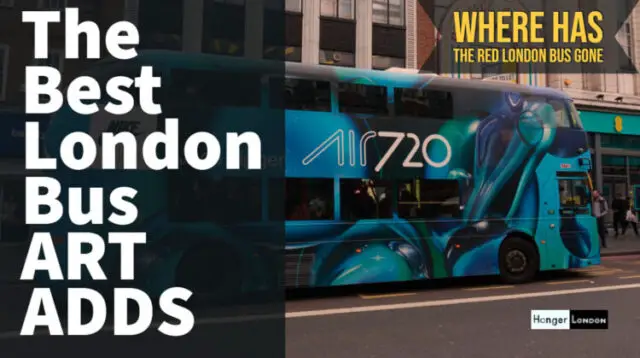
Advertising on London buses is a highly effective way to reach a diverse audience in one of the world’s most iconic cities. With over 8,600
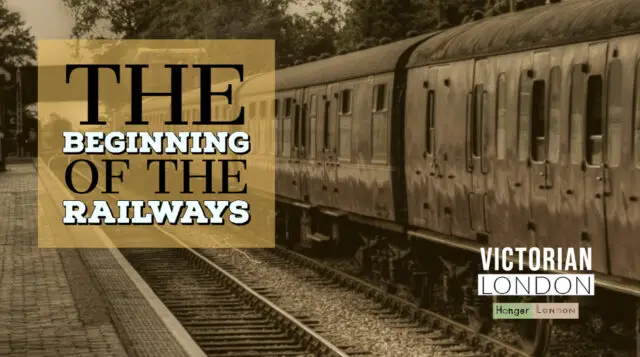
London’s extensive railway network is an integral part of the city’s infrastructure, connecting millions of people every day. However, few may be aware of the